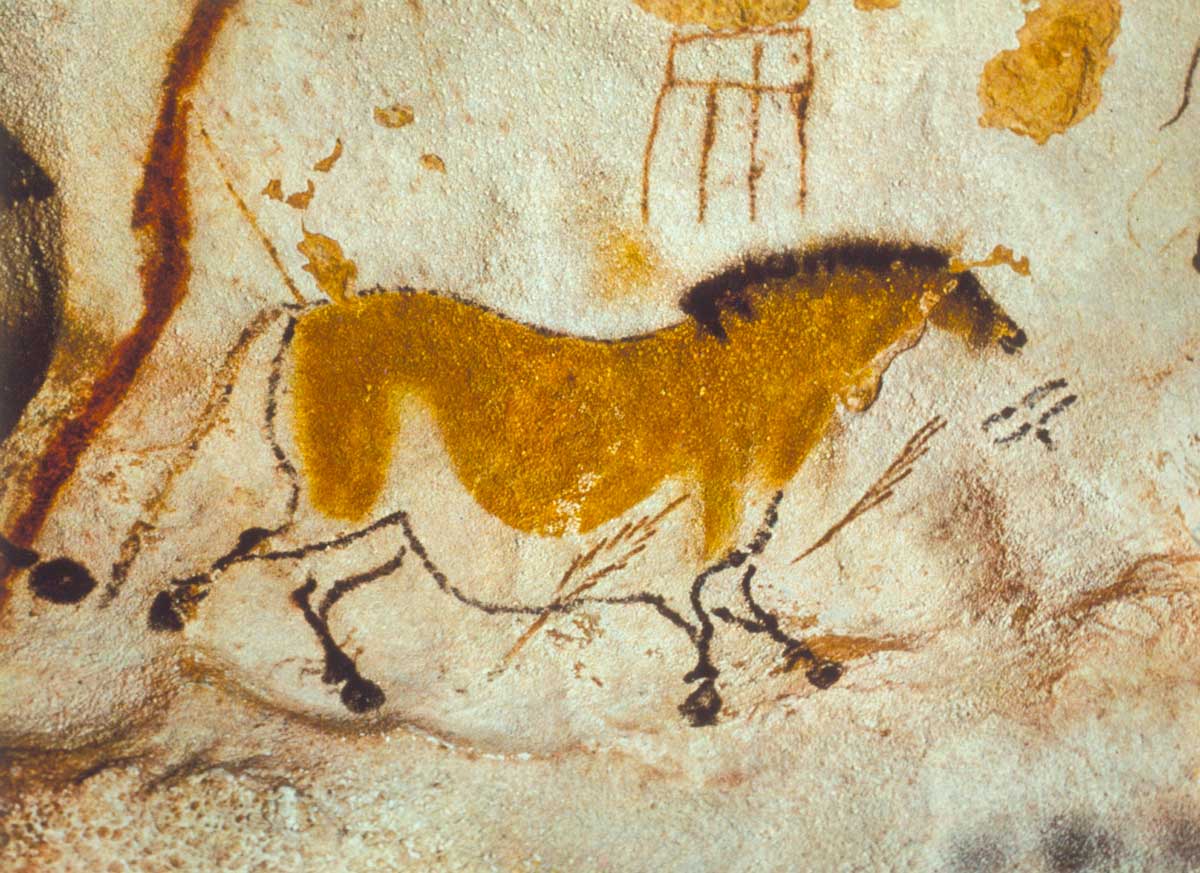
Historians generally accept that the first writing, using cuneiform script, was developed in ancient Sumer, in the region of modern-day Iraq, sometime around 3300 B.C., and that the first hieroglyphics were created in Egypt soon thereafter. In short, the prevailing view is that spoken language existed for thousands of years before written language was invented.
The consensus among historians and archaeologists is that the invention of writing began with pictures representing objects, and then the savvy Sumerians realized that they could use symbols to represent sounds in their spoken language–which is the basic concept underlying cuneiform script. The symbols in cuneiform and hieroglyphics became easily recognizable as a form of writing when the ancients began creating clay tablets and papyrus scrolls and covering them with the symbols.
But how do we know for sure that there weren’t even earlier forms of writing–forms that use symbols that are obscure to us in the modern day, and aren’t seen as obvious attempts at writing because they don’t, for example, appear to be used for record-keeping? That’s a question that scientists and historians are considering in connection with the beautiful cave paintings of Lascaux, which are believed to have been created about 20,000 years ago–long before the first cuneiform appeared in Sumer. The cave paintings include dots and dashes and geometric signs, along with the striking and colorful representations of ancient animals and hunting scenes. Could those apparently intentional, non-representational markings have been some accepted form of written form of communication, like a prehistoric Morse code? That question has generated a lively, ongoing scientific debate, with some researchers arguing yes while others are skeptical.
Of course, absent a new discovery of a Stone Age Rosetta Stone, we’ll probably never know for sure if the cave wall symbols are writing, and if so what they are meant to represent. But I suspect that the concept of writing came to early humans long before the ancient Sumerians invented cuneiform. Humans are communicating creatures, and if the creators of the Lascaux cave art used painting to communicate, as they clearly did, is it really so surprising that they might take the logical next step and use symbols, too?
